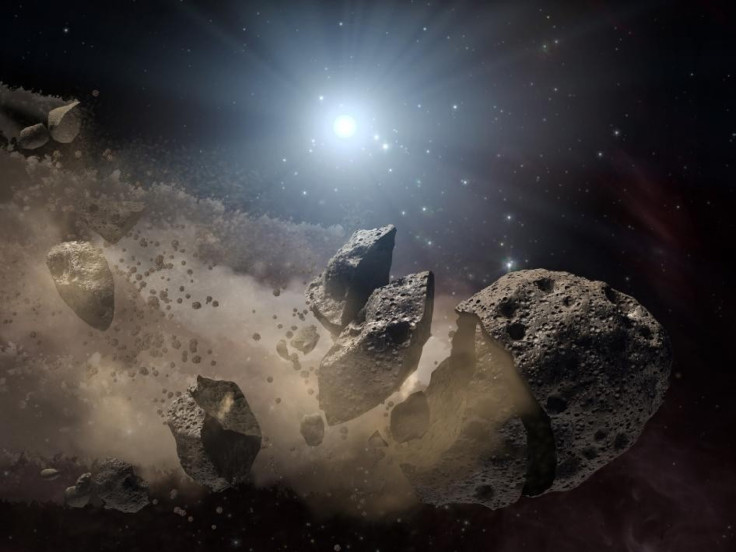No Threat From Asteroid 2011 AG5, Space Rock To Fly Safely Without Impacting Earth In 2040: NASA

The massive asteroid 2011 AG5, thought to be on collision course with Earth, will fly safely past our planet in 2040 without impacting it as indicated by the latest findings and data released by NASA. The asteroid was discovered in 2011.
The analysis data on asteroid 2011 AG5 were reported at a May 29 workshop at NASA's Goddard Space Flight Center in Greenbelt that was attended by scientists and engineers from around the world.
Observations to date indicate there is a slight chance that AG5 could impact Earth in 2040. According to scientists who attended the workshop, in the next four years, analysis of space and ground-based observations will show the likelihood of 2011 AG5 missing Earth to be greater than 99 percent.
Measuring approximately 460 feet (140 meters) in size, the space rock was discovered by the NASA-supported Catalina Sky Survey operated by the University of Arizona in Tucson. Several observatories monitored 2011 AG5 for nine months before it moved too far away and grew too faint to see.
While there is general consensus there is only a very small chance that we could be dealing with a real impact scenario for this object, we will still be watchful and ready to take further action if additional observations indicate it is warranted, said Lindley Johnson, program executive for the Near-Earth Object (NEO) Observation Program at NASA Headquarters in Washington.
Several years ago another asteroid, named Apophis, was thought to pose a similar impact threat in 2036. Additional observations taken from 2005 through 2008 enabled NASA scientists to refine their understanding of the asteroid's path, which showed a significantly reduced likelihood of a hazardous encounter.
Observations of 2011 AG5 have been limited to date because of its present location which is beyond the orbit of Mars and on the other side of the sun in the daytime sky. In later 2013, conditions are expected to improve to allow space and ground-based telescopes to better track the asteroid's path. At that time, 2011 AG5 will be 91 million miles (147 million kilometers) from Earth but favorably located for observations in the late evening sky.
The level of hazard will gain even more clarity in 2023, when the asteroid is approximately 1.1 million miles (1.8 million kilometers) from Earth. If 2011 AG5 passes through a 227-mile-wide (365-kilometer) region in space called a keyhole in early February 2023, Earth's gravitational pull could influence the object's orbital path just enough to bring it back for an impact on February 5, 2040. If the asteroid misses the keyhole, an impact in 2040 will not occur, said researchers.
© Copyright IBTimes 2025. All rights reserved.





















